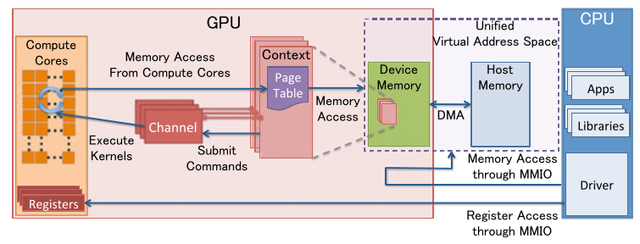Nvidia announced that it would enable a feature similar to AMD's new Smart Memory Access to its Ampere line of GPUs.
Nvidia Says Feature Similar to AMD's Smart Access Memory Tech is Coming to Ampere : Read more
Nvidia Says Feature Similar to AMD's Smart Access Memory Tech is Coming to Ampere : Read more


